Home>Interior Design>16 Window Design Ideas For A Bright, Picturesque Space
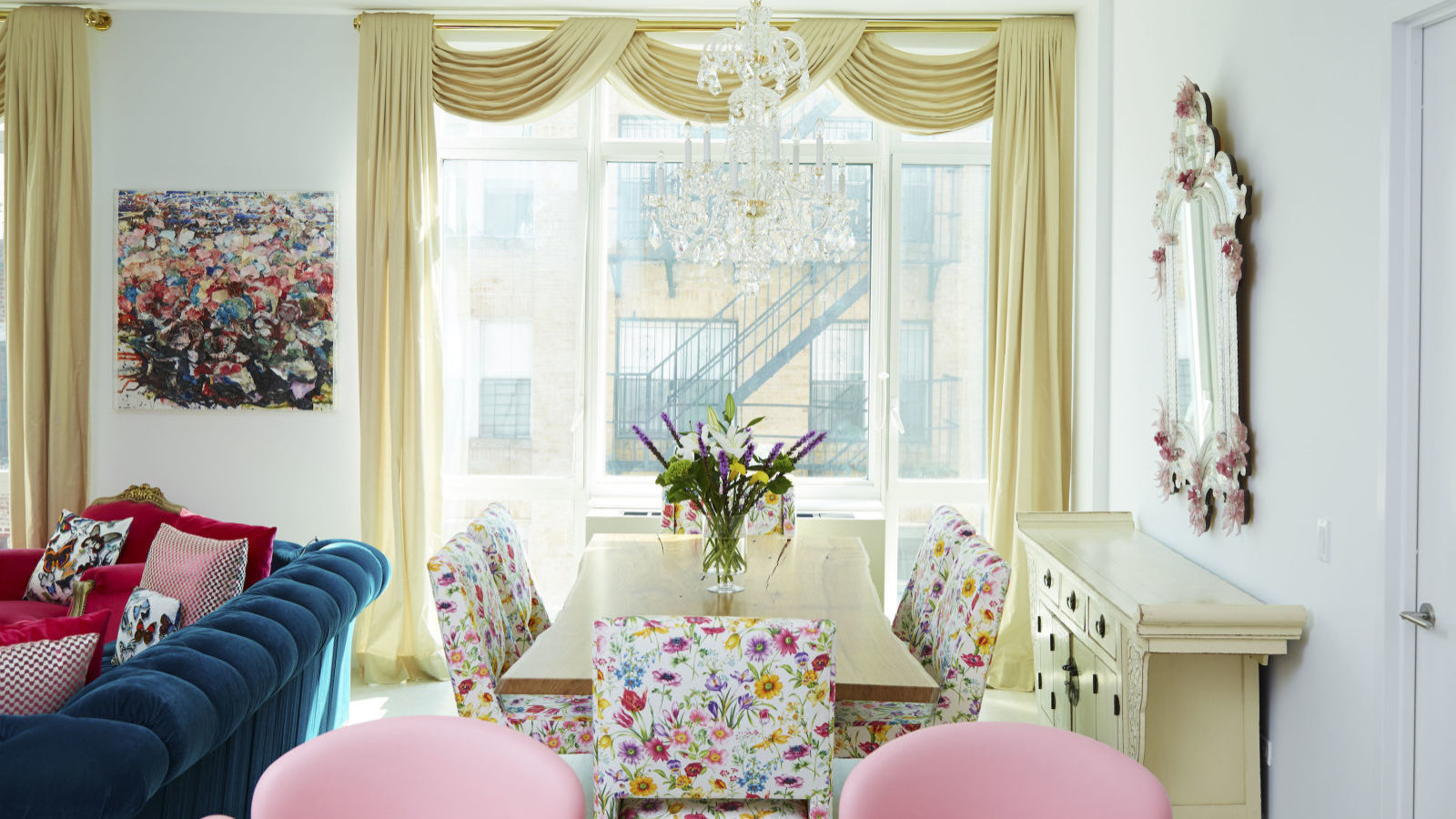

Interior Design
16 Window Design Ideas For A Bright, Picturesque Space
Modified: January 19, 2024
Discover 16 stunning window design ideas to brighten up your space. From modern to traditional, our interior design tips will create a picturesque ambiance.
(Many of the links in this article redirect to a specific reviewed product. Your purchase of these products through affiliate links helps to generate commission for Storables.com, at no extra cost. Learn more)
Introduction
Welcome to the world of interior design, where every detail matters and every element contributes to creating a harmonious and inviting space. When it comes to designing a room, windows play a crucial role in not only providing natural light but also adding character and style to the overall aesthetic. With the right window design, you can transform an ordinary space into a bright and picturesque haven.
In this article, we will explore 16 window design ideas that will elevate your interior design game. From large picture windows to unique and intricate stained glass designs, there is a window style for every taste and preference. So, let’s dive in and discover the possibilities that windows offer in creating a stunning and vibrant living environment.
Key Takeaways:
- Elevate your interior design game with 16 window design ideas, from large picture windows to elegant French windows, each offering unique benefits and aesthetic appeal. Transform your space into a bright and picturesque haven with the right windows and treatments.
- Harness the power of natural light, frame captivating views, and infuse your space with character, style, and functionality by carefully choosing and implementing the right windows and window treatments. Create a welcoming and delightful living environment that reflects your personal taste.
Large Picture Windows
Large picture windows are a popular choice for homeowners looking to create a seamless connection between the indoors and outdoors. These expansive windows are designed to showcase the surrounding landscape, flooding the room with natural light and providing uninterrupted views of the outside world.
Not only do large picture windows enhance the aesthetic appeal of a space, but they also have functional benefits. They maximize the amount of natural light entering the room, reducing the need for artificial lighting during the daytime. Additionally, these windows create a sense of openness and spaciousness, making the room feel larger and more inviting.
The simplicity of large picture windows makes them versatile and adaptable to various architectural styles. Whether you have a modern, minimalist home or a traditional, rustic abode, these windows can seamlessly integrate into any design scheme.
When it comes to window treatments for large picture windows, minimalist options such as sheer curtains, blinds, or window films are popular choices. These treatments allow you to control the amount of light entering the room while maintaining the unobstructed view. Alternatively, if privacy is a concern, you can opt for opaque curtains or tinted window films that still allow natural light to filter through.
Incorporating large picture windows into your interior design can truly transform a space. Whether you’re looking to create a bright and airy living room, a serene bedroom with a view, or a stunning dining area that overlooks a garden, these windows are an excellent choice.
Bay Windows
One of the most charming and versatile window designs is the bay window. A bay window is typically composed of three windows that extend outward from the main wall of a room, creating a nook or alcove. This unique architectural feature not only adds visual interest to a space but also offers several practical benefits.
Bay windows are renowned for their ability to bring in an abundance of natural light from multiple angles. The additional windows on the sides of the bay window allow light to filter in from different directions, creating a warm and inviting atmosphere. The extended projection of the bay window also provides a sense of depth and dimension to the room, making it appear more spacious.
Furthermore, bay windows offer the opportunity to utilize the additional space as a cozy seating area or a functional storage solution. By adding cushions and throw pillows, you can transform the bay window nook into a comfortable reading corner or a peaceful spot to enjoy the view. As for storage, built-in shelves or cabinets can be seamlessly integrated into the bay window structure, offering practical storage solutions without taking up much floor space.
When it comes to window treatments for bay windows, there are various options to consider. Roman shades or blinds can be installed on each window panel, allowing for individual control of light and privacy. Alternatively, floor-length curtains or drapes can be used to frame the bay window, adding drama and elegance to the space. If you want to showcase the architectural beauty of the bay window, leaving it bare or using sheer curtains can create a light and airy look.
Bay windows are an excellent choice for a variety of rooms, including living rooms, kitchens, and bedrooms. They add architectural interest, maximize natural light, and provide functional benefits that can enhance the overall aesthetic and functionality of your home.
Floor-to-Ceiling Windows
If you’re looking to create a truly impactful and awe-inspiring design element, floor-to-ceiling windows are the way to go. These windows, as the name suggests, stretch from the floor to the ceiling, allowing for an uninterrupted view of the outside landscape and filling the room with an abundance of natural light.
One of the main advantages of floor-to-ceiling windows is their ability to blur the lines between the indoor and outdoor spaces. By seamlessly merging the two, these windows create a sense of openness and spaciousness, making the room feel larger and more connected to nature. They also provide breathtaking panoramic views, making them particularly desirable in locations with stunning scenery or urban skylines.
In addition to their aesthetic appeal, floor-to-ceiling windows offer several functional benefits. By allowing ample natural light to enter the room, they reduce the need for artificial lighting during the daytime, resulting in energy savings. The abundance of daylight also has positive effects on our well-being, promoting a cheerful and productive atmosphere.
When it comes to window treatments for floor-to-ceiling windows, sheer curtains or blinds are popular options. These treatments allow for privacy without obstructing the view or blocking the natural light. Moreover, opting for motorized blinds or curtains can provide convenient control over light and privacy levels, especially if the windows are difficult to reach due to their height.
It’s important to note that floor-to-ceiling windows require proper insulation to ensure energy efficiency and temperature control. Double-glazed or insulated glass, along with appropriate window frames, can help minimize heat transfer and maintain a comfortable indoor environment.
Whether used in living rooms, dining areas, or bedrooms, floor-to-ceiling windows create a stunning focal point that elevates the overall design of a space. They offer a seamless connection to the outdoors, flood the room with natural light, and provide breathtaking views that enhance the ambiance of any room.
Arched Windows
Arched windows add a touch of elegance and architectural interest to any space. These windows feature a curved or semi-circular design, creating a soft and graceful aesthetic that can elevate the overall design of a room. Arched windows are particularly popular in traditional and Mediterranean-style homes, but they can also be incorporated into various architectural styles.
The unique shape of arched windows allows for the introduction of interesting visual elements and focal points in a room. They create a sense of grandeur and sophistication, making them perfect for spaces such as formal living rooms, dining areas, or even entryways. The graceful curve of the window adds a touch of uniqueness and charm, making it a standout feature in the room.
Aside from their aesthetic appeal, arched windows also have functional benefits. The curved shape allows for a greater amount of natural light to enter the room, brightening up the space and creating a warm and inviting atmosphere. They can also provide expansive views of the outside, depending on the size and placement of the windows.
When it comes to window treatments for arched windows, there are a few options to consider. One popular choice is to leave the windows uncovered, allowing the architectural beauty of the arch to shine through. Alternatively, if privacy is a concern, a custom-made curtain or drapery can be installed, carefully tailored to accommodate the unique shape of the window.
Incorporating arched windows into your interior design can instantly add character and style to any room. Whether you choose to make them a focal point in a formal dining room, a striking feature in a grand living room, or a charming addition to a bedroom, arched windows are sure to make a statement and enhance the overall ambiance of the space.
Clerestory Windows
Clerestory windows, also known as high-level windows, are a unique feature that add a touch of architectural brilliance to any space. These windows are typically located high on the walls, above eye level, and are designed to bring in natural light while maintaining privacy.
One of the primary purposes of clerestory windows is to allow natural light into a room without compromising privacy. By positioning the windows higher up on the walls, they prevent direct views from the outside while still allowing sunlight to filter in. This makes clerestory windows a popular choice in areas where privacy is desired, such as bathrooms or bedrooms.
In addition to providing privacy, clerestory windows offer several other advantages. They help to create a sense of openness and airiness in a room, as the high-level placement of the windows adds verticality to the space and allows light to penetrate deeper into the room. This can be particularly beneficial in rooms with limited wall space, such as narrow hallways or interior rooms.
Clerestory windows can also be used to highlight architectural features or artwork. By positioning the windows above eye level, they draw attention to specific areas of a room or highlight unique design elements. This creates a visually interesting and dynamic space, adding an extra layer of sophistication to the overall design.
When it comes to window treatments for clerestory windows, the options are varied. Since the windows are located at a height that is typically not within easy reach, motorized blinds or shades can be a convenient solution for controlling light and privacy. These can be operated remotely, allowing you to adjust the window treatments with ease.
Clerestory windows bring a unique and distinctive vibe to any interior space. Their placement, high on the walls, adds a sense of drama and allows for ample natural light without compromising privacy. Whether used in living rooms, bathrooms, or even offices, clerestory windows can transform the ambiance of a room, creating a light-filled and visually captivating environment.
Corner Windows
Corner windows are a brilliant way to make the most of natural light and stunning views in a space. As the name suggests, corner windows are positioned at the corner of a room, covering two adjacent walls and creating a unique architectural feature.
One of the main advantages of corner windows is their ability to maximize natural light. By positioning windows on two adjacent walls, these windows allow light to flood into the room from multiple directions. This creates a bright and airy ambiance, making the space feel more open and inviting.
In addition to their functional benefits, corner windows offer opportunities for breathtaking views and unique design possibilities. These windows can provide panoramic views of the surrounding landscape, effortlessly bringing the outdoors inside. The expansive views and abundant natural light can transform a room, making it feel connected to nature and creating a sense of tranquility.
Corner windows are versatile and can be incorporated into various architectural styles, from modern and contemporary to traditional and eclectic. Their unique placement adds a touch of architectural interest and creates a focal point that enhances the overall design of the room.
When it comes to window treatments for corner windows, it’s essential to strike a balance between maintaining the view and ensuring privacy. One option is to use sheer curtains or blinds that allow light to filter through while still providing some privacy. Alternatively, if the views are too breathtaking to obstruct, leaving the windows bare can be a striking and minimalist option.
Corner windows are a fantastic addition to any room, whether it’s a living space, bedroom, or even a kitchen. They offer an abundance of natural light, stunning views, and a sense of architectural uniqueness that can truly transform the atmosphere of a space.
Skylights
Skylights are an excellent way to bring the beauty and benefits of natural light into any space. These windows are installed in the roof or ceiling, allowing sunlight to enter from above and illuminate the room below. Skylights not only provide abundant natural light but also create a unique architectural feature that enhances the aesthetic appeal of a space.
One of the main advantages of skylights is their ability to maximize natural light in areas that may not have access to windows, such as bathrooms, hallways, or interior rooms. By bringing in daylight from above, skylights create a bright and cheerful atmosphere, making a room feel larger, more open, and connected to the outdoors.
In addition to providing natural light, skylights can also offer breathtaking views of the sky and surrounding scenery. Whether it’s clear blue skies, starry nights, or the gentle pitter-patter of raindrops, skylights allow you to experience the changing weather and natural elements from the comfort of your home.
Skylights come in various shapes and sizes, allowing for design flexibility and customization. From small and discreet skylights to large panoramic ones, there is an option to suit every architectural style and personal preference. Skylights can be installed as standalone features or incorporated into existing windows or solarium designs.
When it comes to window treatments for skylights, there are a few options to consider. If privacy is not a concern, leaving the skylights uncovered can be a beautiful and minimalist choice, allowing for unobstructed views and maximum light penetration. However, if privacy or light control is needed, there are various options such as blinds, shades, or curtains specifically designed for skylights.
Skylights offer a unique and striking way to introduce natural light and an element of architectural beauty into any space. Whether used in a living room, kitchen, or bedroom, these windows can transform the atmosphere of a room, creating a bright and inviting environment.
Sliding Windows
Sliding windows are a popular and practical choice for many homeowners. These windows feature horizontal panels that glide smoothly along a track, allowing for easy opening and closing. Sliding windows offer several advantages, making them a versatile option for various rooms in your home.
One of the main benefits of sliding windows is their space-saving design. Unlike traditional windows that open inward or outward, sliding windows open horizontally, taking up minimal space. This makes them an excellent choice for rooms with limited space or areas where a traditional swinging window may not be practical.
In addition to their space-saving design, sliding windows offer convenience and ease of use. The smooth gliding motion allows for effortless operation, making it simple to control the amount of airflow and ventilation in the room. Sliding windows are especially well-suited for places where accessibility might be a concern, such as above countertops or in hard-to-reach areas.
Another advantage of sliding windows is their ability to maximize the view and natural light. With a larger glass surface area, sliding windows provide an unobstructed view of the outdoors, allowing for an immersive experience of the surrounding landscape. They also allow ample natural light to enter the room, brightening up the space and creating a warm and inviting atmosphere.
Sliding windows are available in various designs and materials, ranging from traditional to contemporary styles. Whether you prefer a classic look with wooden frames or a sleek and modern appearance with aluminum frames, there is a sliding window to suit your aesthetic preferences and complement your interior design.
When it comes to window treatments for sliding windows, there are several options to consider. Vertical blinds, roller shades, or curtains with a traverse rod are popular choices as they allow for easy operation and control of light and privacy.
Sliding windows offer practicality, functionality, and style. They are a versatile option that can be incorporated into any room, from living rooms and bedrooms to kitchens and bathrooms. Whether used individually or combined with other window styles, sliding windows bring efficiency, aesthetics, and an unobstructed view to your living space.
Consider using sheer curtains to allow natural light to filter into the room while still maintaining privacy. This can create a bright and airy atmosphere in your space.
French Windows
French windows, also known as French doors or casement windows, are a classic and elegant choice that adds charm and sophistication to any space. These windows consist of two large panels that open outward, creating a wide and unobstructed opening. French windows are renowned for their timeless beauty and their ability to seamlessly blend indoor and outdoor spaces.
One of the key features of French windows is their versatility. They can be installed in various locations, including living rooms, bedrooms, dining areas, or even as entrance doors to a patio or garden. The wide opening allows for easy access to the outdoors, promoting a sense of flow and connection with the surrounding environment.
French windows are known for their ability to let light flood into a space. The large glass panels maximize natural light, creating a bright and airy ambiance. The abundance of daylight can visually expand the room, making it feel more spacious and welcoming.
In addition to their aesthetic appeal and natural light benefits, French windows also offer enhanced ventilation. With the ability to open fully, these windows allow for optimal airflow, making them a great choice for warm climates or areas where fresh air circulation is desired.
When it comes to window treatments for French windows, there are several options to consider. Sheer curtains or blinds can provide a touch of privacy while still allowing natural light to filter through. For a more formal or traditional look, floor-length curtains or drapes can be added to frame the French windows, adding elegance and drama to the space.
French windows are a classic and timeless choice that can elevate the aesthetics of any room. They bring a sense of elegance, openness, and connectivity to the outdoors. Whether used in traditional or modern interiors, French windows are sure to make a statement and enhance the overall beauty of your home.
Transom Windows
Transom windows are a unique and decorative feature that can add charm and character to any room. These windows are typically installed above a door or larger window, filling the space with natural light and enhancing the visual appeal of the area.
One of the primary purposes of transom windows is to bring additional light into a room. By positioning the window above a door or larger window, transom windows allow sunlight to enter the space from above, even when the main windows are covered or limited in their ability to let in light. This not only brightens up the room but also creates a warm and inviting atmosphere.
Transom windows come in a variety of designs, ranging from simple rectangular shapes to more ornate and elaborate patterns. The choice of design can be customized to match the architectural style of your home, whether it’s traditional, Victorian, or contemporary. The addition of transom windows can instantly elevate the overall aesthetic and design of a room.
In addition to their functional benefits, transom windows offer a sense of visual interest and focal point. They draw the eye upward, adding verticality to the space and creating the perception of a taller ceiling. Transom windows can be used not only above doors and windows but also as decorative accents on interior walls, adding a touch of elegance and sophistication to the room.
When it comes to window treatments for transom windows, the options are flexible. Since transom windows are typically smaller and located at a height that is not easily accessible, leaving them uncovered can be a popular choice to showcase their architectural beauty and allow natural light to flow freely. However, if privacy or light control is a concern, frosted or stained glass, sheer curtains, or blinds can be installed to strike a balance between transparency and privacy.
Transom windows are a delightful addition to any room, offering both functional benefits and aesthetic appeal. Whether used above doors, larger windows, or as standalone decorative accents, transom windows bring an element of elegance and natural light that can transform the atmosphere of a space.
Diagonal Windows
Diagonal windows are a unique and eye-catching design element that can bring a sense of creativity and visual interest to any space. These windows, as the name suggests, are positioned diagonally, adding a dynamic and unconventional touch to the overall design.
One of the key features of diagonal windows is their ability to create a striking focal point in a room. The diagonal placement adds a sense of movement and energy to the space, drawing the eye and creating a visual statement. Whether used as standalone windows or incorporated into a larger window composition, diagonal windows instantly capture attention and add a touch of architectural intrigue.
In addition to their visual appeal, diagonal windows also offer functional benefits. By positioning the windows diagonally, they can optimize the amount of natural light that enters the space, illuminating the room from different angles. This can create interesting patterns of light and shadow, adding depth and dimension to the interior.
Diagonal windows are versatile and can be incorporated into various architectural styles. They can be used in living rooms, bedrooms, or even as accent windows in staircases or hallways. The unconventional placement of diagonal windows allows for design creativity and can make a room feel more dynamic and engaging.
When it comes to window treatments for diagonal windows, the options can vary depending on the specific design and placement. For windows that have a unique shape or angle, customized blinds or shades may be necessary to ensure a proper fit and optimal light control. Alternatively, decorative films or window stickers can be applied to add privacy or enhance the visual appeal of the windows.
Diagonal windows offer an innovative and captivating design element that can transform the ambiance of any space. Regardless of the size or location, diagonal windows add a sense of creativity and personality to a room, making it truly one-of-a-kind.
Stained Glass Windows
Stained glass windows are a work of art that adds beauty, color, and a touch of elegance to any space. These windows are made of colored glass pieces that have been intricately arranged to create stunning patterns, images, or scenes. Stained glass windows have a long and rich history, dating back centuries, and they continue to be a cherished design element in both religious and secular architecture.
One of the main attractions of stained glass windows is their ability to transform ordinary sunlight into a breathtaking display of color and light. As the sunlight passes through the vibrant stained glass panels, it creates a mesmerizing interplay of hues and shades, casting a magical glow into the room. The ever-changing colors and patterns bring a sense of beauty and enchantment to the space.
In addition to their aesthetic appeal, stained glass windows also offer privacy and diffusion of light. The translucent nature of the glass allows light to filter through while obscuring the view from the outside, making them an excellent choice for spaces where privacy is desired, such as bathrooms or bedrooms.
Stained glass windows are available in a wide range of designs, from intricate religious motifs to contemporary abstract patterns. These designs can be customized to suit your taste and complement the architectural style of your home. Whether you prefer traditional, Victorian, or modern aesthetics, there is a stained glass design that will enhance the ambiance of your space.
When it comes to window treatments for stained glass windows, they are typically left bare to allow the true beauty of the glass to shine through. However, if additional privacy is needed, sheer curtains or blinds can be installed to control the amount of light and visibility.
Stained glass windows are more than just windows; they are exquisite works of art that elevate the aesthetic appeal of any space. Whether used in religious institutions, historic buildings, or even in modern homes, stained glass windows bring a sense of elegance, beauty, and spiritual resonance to the environment.
Read more: 16 Gorgeous Gravel Patio Ideas
Picture Frame Windows
Picture frame windows are a unique and innovative design feature that adds a touch of creativity and artistry to the architecture of a space. These windows are designed to resemble a traditional picture frame, creating a stunning visual focal point.
One of the main attractions of picture frame windows is their ability to frame the view outside like a living work of art. The rectangular or square shape of the window, combined with minimalistic frames, draws attention to the surrounding landscape or cityscape, creating a picturesque scene within the interior. These windows can be strategically placed to frame specific views, such as a garden, a lake, or a striking architectural feature.
Picture frame windows often feature large glass panels that maximize the amount of natural light entering the room, creating a bright and inviting atmosphere. The expansive views offered by these windows add a sense of openness and connectivity to the outdoors, bringing nature indoors and promoting a sense of harmony.
These windows are versatile and can be incorporated into various architectural styles. From modern and minimalist homes to traditional and rustic interiors, picture frame windows add a touch of sophistication and elegance. Their clean lines and sleek design make them a popular choice for contemporary spaces, while the use of natural materials like wood can create a warm and cozy atmosphere in more traditional settings.
When it comes to window treatments for picture frame windows, the goal is typically to maintain the unobstructed view and maximize natural light. However, if privacy or light control is desired, different options such as transparent blinds or sheer curtains can be considered. These treatments allow for light filtration while still preserving the beauty of the framed view.
Picture frame windows are a captivating design element that not only enhance the aesthetics of a space but also provide a connection to the outside world. Whether used in living rooms, bedrooms, or even in commercial spaces, these windows offer a unique and artistic perspective that enhances the overall ambiance of the room.
Window Walls
Window walls are an architectural marvel that blurs the line between indoor and outdoor living spaces. As the name suggests, window walls are extensive expanses of glass that cover entire walls, creating a seamless connection with the surrounding environment.
One of the main advantages of window walls is their ability to maximize natural light and provide panoramic views. These expansive glass panels allow an abundance of sunlight to flood into the room, creating a bright and airy atmosphere. The panoramic views offer breathtaking visuals of the outdoors, whether it’s a picturesque landscape, a serene garden, or a bustling cityscape.
Window walls are not only aesthetically pleasing but also highly functional. The large glass expanses act as passive solar collectors, allowing the sun’s natural heat to warm up the space during the day. This can contribute to energy efficiency by reducing reliance on artificial heating and lighting. Additionally, the connection with the outdoor surroundings can improve mental well-being and create a sense of harmony with nature.
These architectural features can be incorporated into various types of spaces, including living rooms, dining areas, and even offices. They can transform an ordinary room into an extraordinary one, providing a sense of openness and expansiveness that traditional walls cannot offer.
When it comes to window treatments for window walls, the options can vary according to the desired balance between privacy and maximizing the view. Sheer curtains, motorized blinds, or solar shades are commonly used to control light and privacy while still allowing glimpses of the outside. It’s important to choose treatments that do not obstruct the stunning views and maintain the connection to the surrounding environment.
Window walls are a bold and striking design choice that creates an unparalleled visual impact. They invite natural light to pour in and offer unobstructed views that enhance the overall ambiance of a space. Whether used in a modern home or a contemporary office, window walls redefine the boundaries between indoors and outdoors, creating a truly immersive and captivating living experience.
Window Seats
Window seats are a cozy and charming addition to any space, offering a unique and functional seating area that capitalizes on the beauty and comfort of windows. These built-in seating nooks are typically positioned next to a window, creating a perfect spot to relax, read a book, or simply enjoy the view.
One of the main advantages of window seats is their ability to merge comfort and functionality with the benefits of natural light and a scenic view. By positioning the seat next to a window, it becomes an inviting and soothing place to unwind while basking in the warmth of the sunlight. The view through the window adds an extra level of serenity and tranquility, providing a sense of connection to the outdoors.
Window seats are versatile and can be incorporated into various spaces, including living rooms, bedrooms, or even in hallways or alcoves. They can be custom-built to fit the unique dimensions of your window and complement the overall design of the room. Whether you prefer a cushioned bench or a more elaborate nook with storage compartments, window seats offer both style and functionality.
In addition to providing a cozy seating area, window seats also offer additional storage space. The area beneath the seat can be utilized to create built-in cabinets or drawers, providing a practical solution for stashing away books, toys, or other items. This maximizes the use of space and keeps the area organized and clutter-free.
When it comes to designing the window seat, it’s important to consider the window treatments. Depending on the desired level of privacy and the view outside, sheer curtains, blinds, or shades can be installed to control light and visibility. It’s essential to strike a balance between maintaining the view and ensuring privacy without obstructing the natural light.
Window seats are a delightful and functional addition to any room. They provide a cozy retreat where you can relax, read, or simply enjoy the view. Whether used as a quiet spot for contemplation or a gathering space for family and friends, window seats offer a unique and inviting feature that can enhance the overall ambiance of a space.
Window Treatments
Window treatments are the finishing touch that elevate the style, functionality, and privacy of windows. From curtains and blinds to shades and shutters, window treatments offer a wide range of options to suit every design preference and functional need.
Curtains are a classic and versatile choice for window treatments. They come in various fabrics, colors, and patterns, allowing you to customize the look and feel of a room. Curtains can be sheer for a light and airy ambiance, or heavier for added privacy and light control. They can be floor-length for a dramatic effect or tailored to suit the proportions of the windows.
Blinds, on the other hand, offer a more contemporary and streamlined look. They come in various materials such as wood, aluminum, or vinyl, and can be adjusted to control the amount of light and privacy. Blinds are available in different styles, including vertical, horizontal, or even motorized options, providing convenience and flexibility.
Shades are another popular choice for window treatments. They are available in different designs such as roller shades, Roman shades, or cellular shades. Shades offer a clean and modern aesthetic, and they can be customized to allow varying degrees of light filtration and privacy. Some shades are even designed to provide insulation, helping to regulate temperature and energy efficiency.
For those seeking a traditional and timeless option, shutters are a great choice. Shutters are made of solid panels or slats that can be tilted to control light and privacy. They are available in various materials such as wood or composite, and they add a touch of elegance and sophistication to any space. Shutters are especially popular in homes with a classic or coastal design aesthetic.
When choosing window treatments, it’s important to consider the function and purpose of the room. For example, in bedrooms, blackout curtains or shades are often preferred to create a dark and restful environment. In living areas, sheer curtains or blinds are commonly used to allow light to filter in while preserving privacy.
The selection of window treatments should also reflect the overall design and style of the space. Matching the colors and patterns of the treatments to the existing decor can create a cohesive and harmonious look. Additionally, considering the architecture and size of the windows can help determine the appropriate scale and proportion of the treatments.
Window treatments are the final touch that enhances the beauty and functionality of windows. Whether you choose curtains, blinds, shades, or shutters, they add a layer of elegance, privacy, and light control to any space. With a wide range of options available, finding the perfect window treatments to complement your interior design is both exciting and rewarding.
Conclusion
Windows are not just functional elements in a room; they are an integral part of interior design that can transform a space into a bright, picturesque, and inviting haven. From large picture windows to elegant French windows, each window design offers its own unique benefits and aesthetic appeal.
Large picture windows create a seamless connection between indoors and outdoors, flooding the room with natural light and offering uninterrupted views of the surrounding landscape. Bay windows, on the other hand, add architectural interest and create cozy seating areas or functional storage solutions.
Floor-to-ceiling windows maximize natural light, blur the lines between indoor and outdoor spaces, and provide breathtaking panoramic views. Arched windows bring a touch of elegance and architectural intrigue, while clerestory windows maintain privacy while still allowing ample natural light to filter in.
Diagonal windows and stained glass windows add creativity and artistry to the design, while transom windows provide additional light and visual interest. Sliding windows offer a space-saving and convenient solution, while window walls create a seamless connection with the outdoors.
Window seats offer cozy and intimate nooks where you can relax and appreciate the view, and window treatments provide the finishing touch that enhances the style, functionality, and privacy of windows. Whether you choose curtains, blinds, shades, or shutters, the right window treatment can beautifully complement the overall design scheme of the room.
In conclusion, incorporating different window designs and treatments allows you to harness the power of natural light, frame captivating views, and infuse your space with character, style, and functionality. By carefully choosing and implementing the right windows and window treatments, you can transform your home into a bright and picturesque sanctuary that reflects your personal taste and creates a welcoming and delightful living environment.
Frequently Asked Questions about 16 Window Design Ideas For A Bright, Picturesque Space
Was this page helpful?
At Storables.com, we guarantee accurate and reliable information. Our content, validated by Expert Board Contributors, is crafted following stringent Editorial Policies. We're committed to providing you with well-researched, expert-backed insights for all your informational needs.
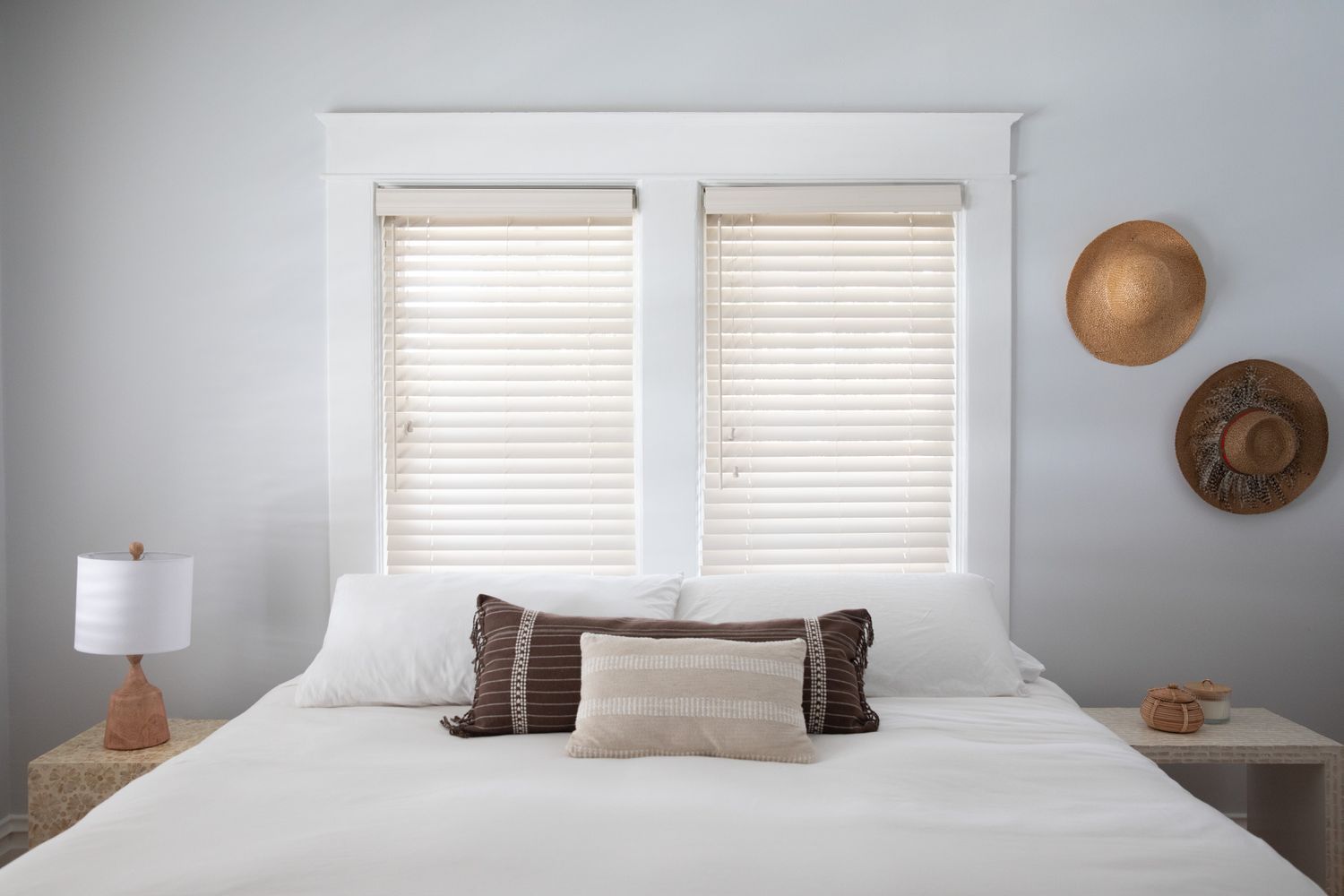
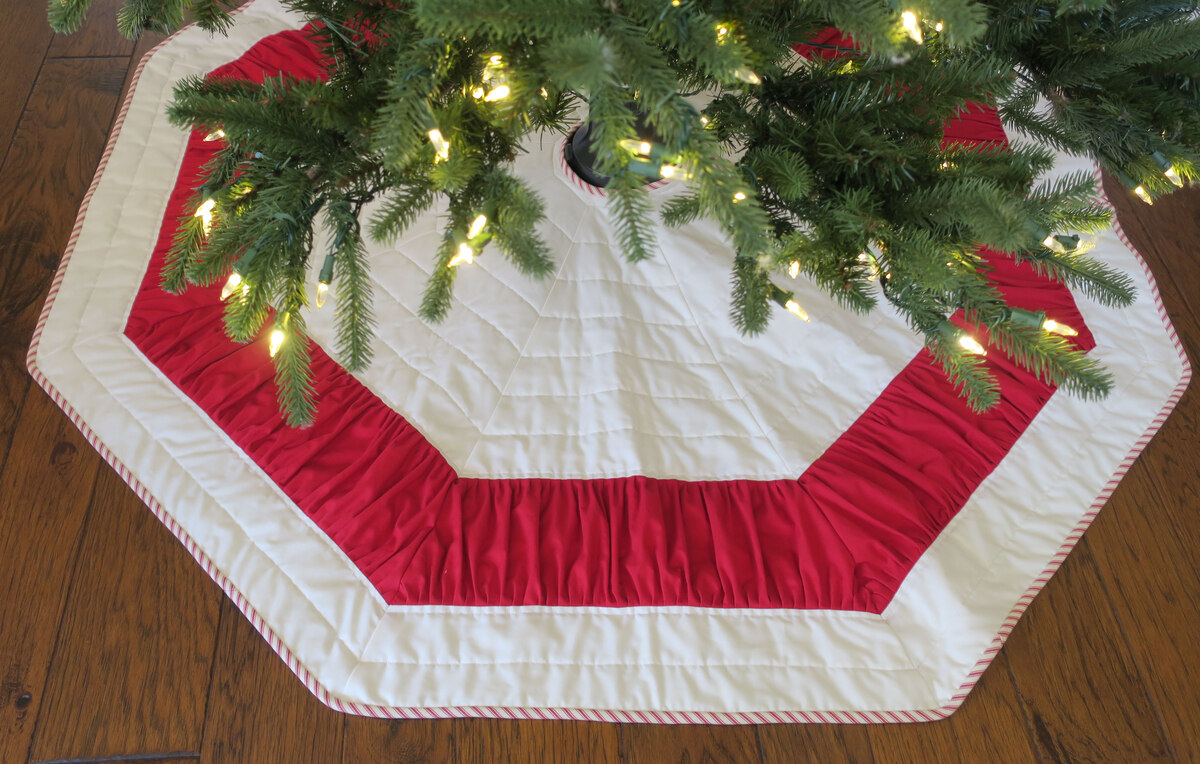
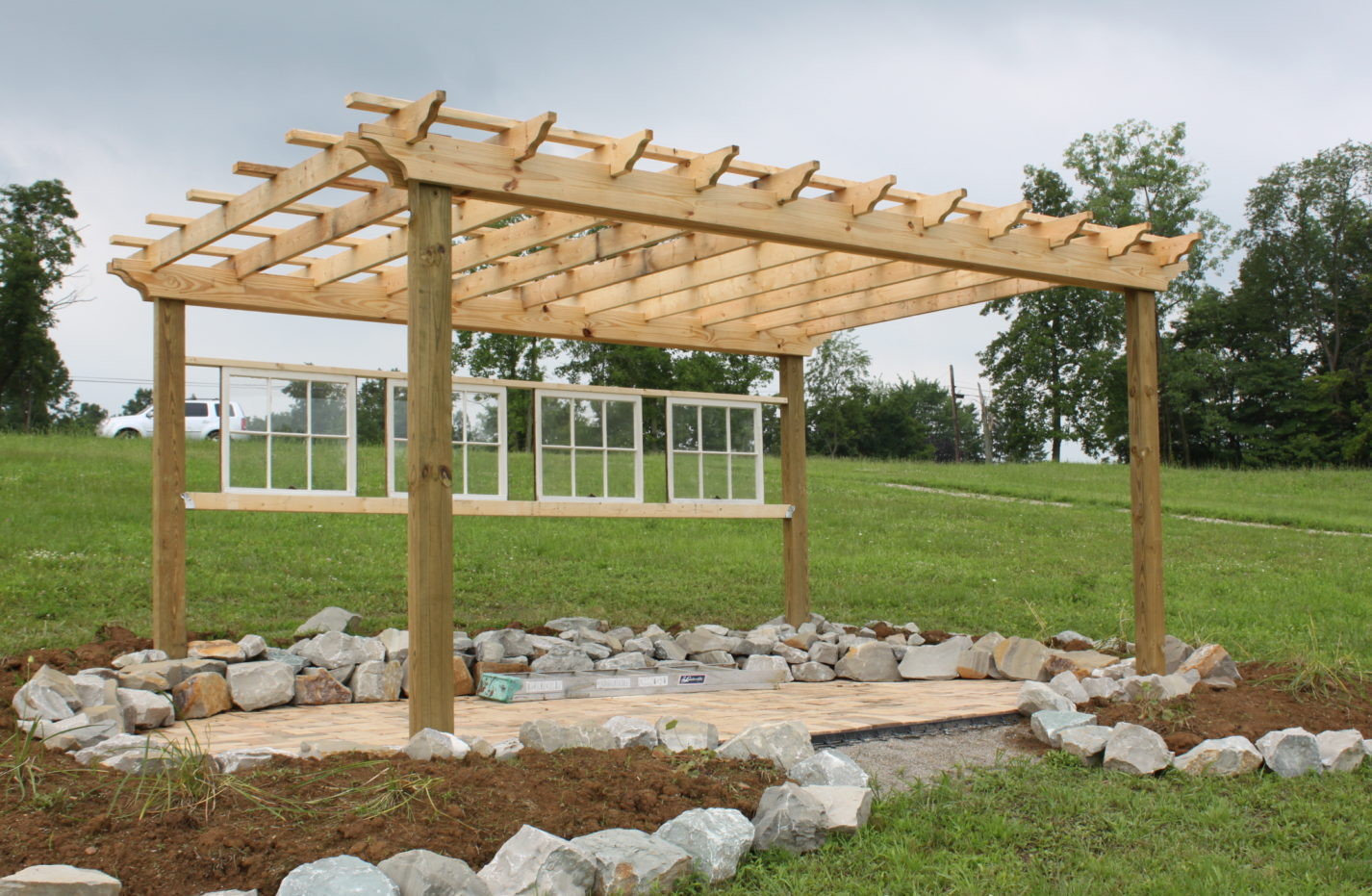
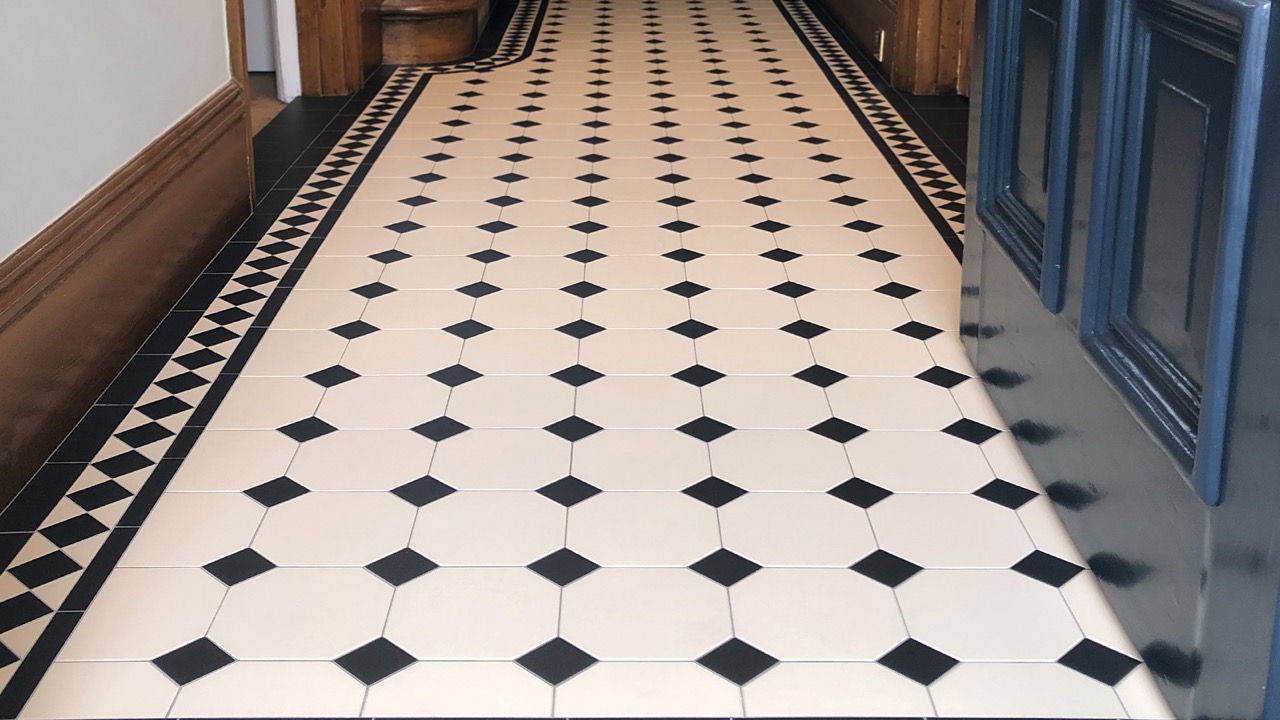
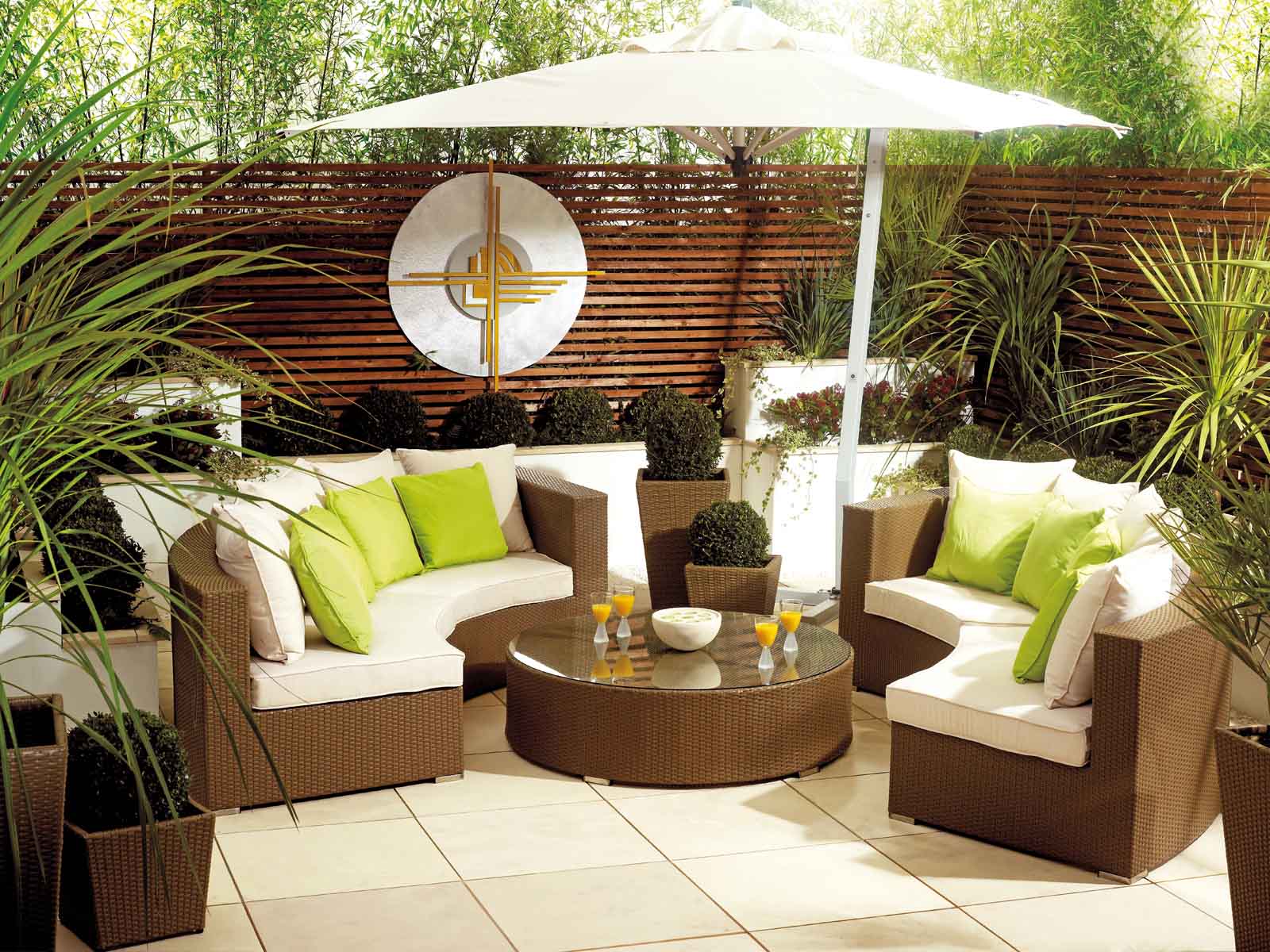
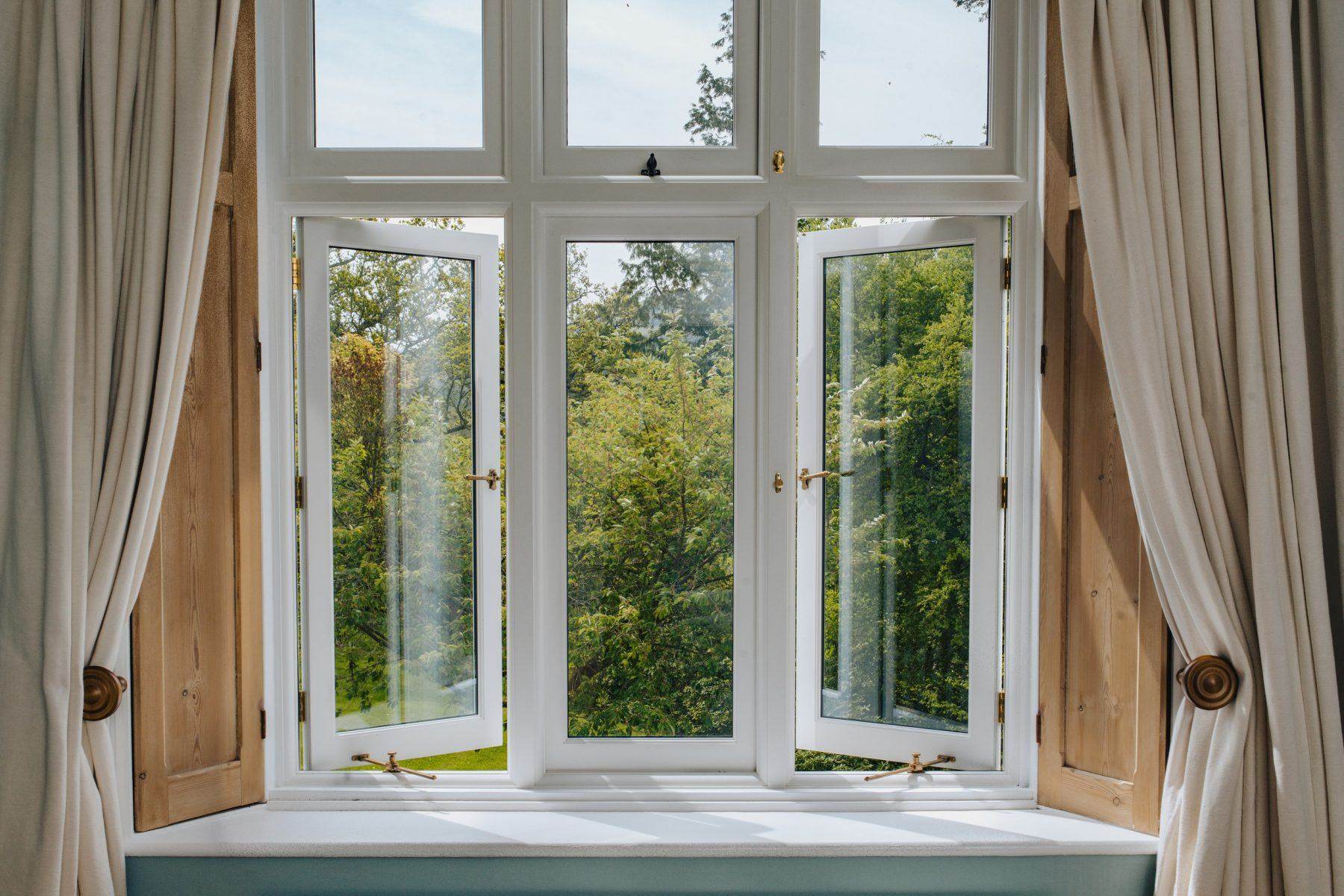
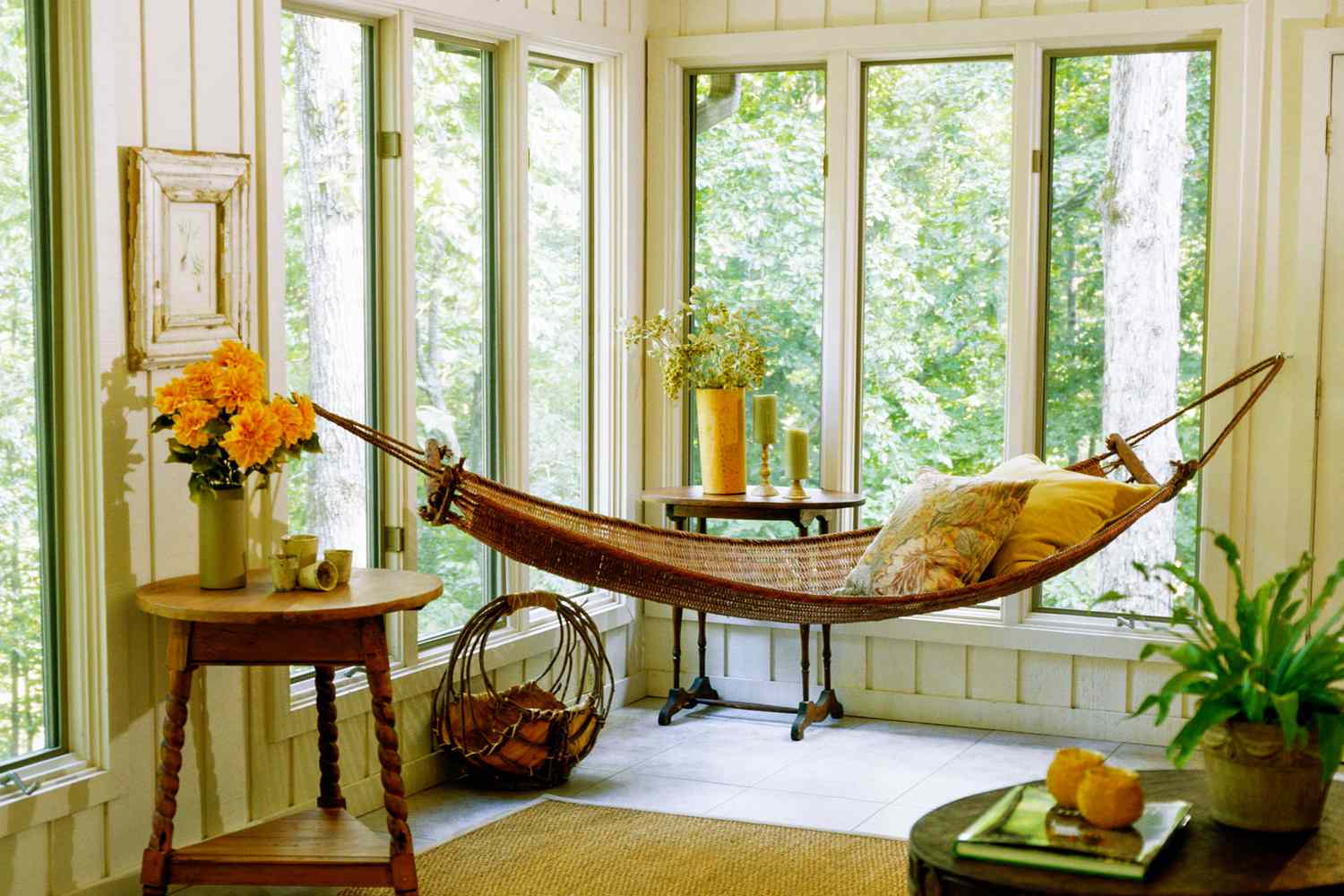
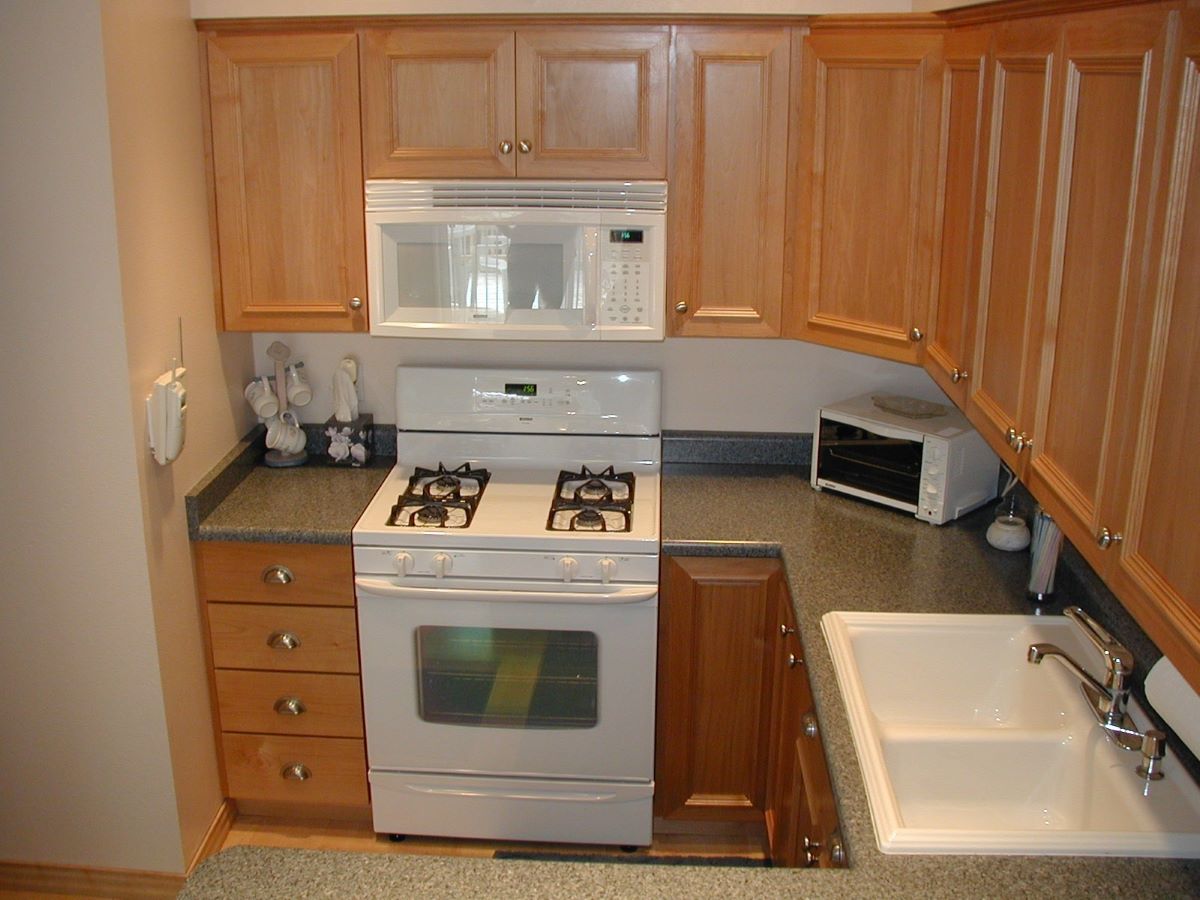
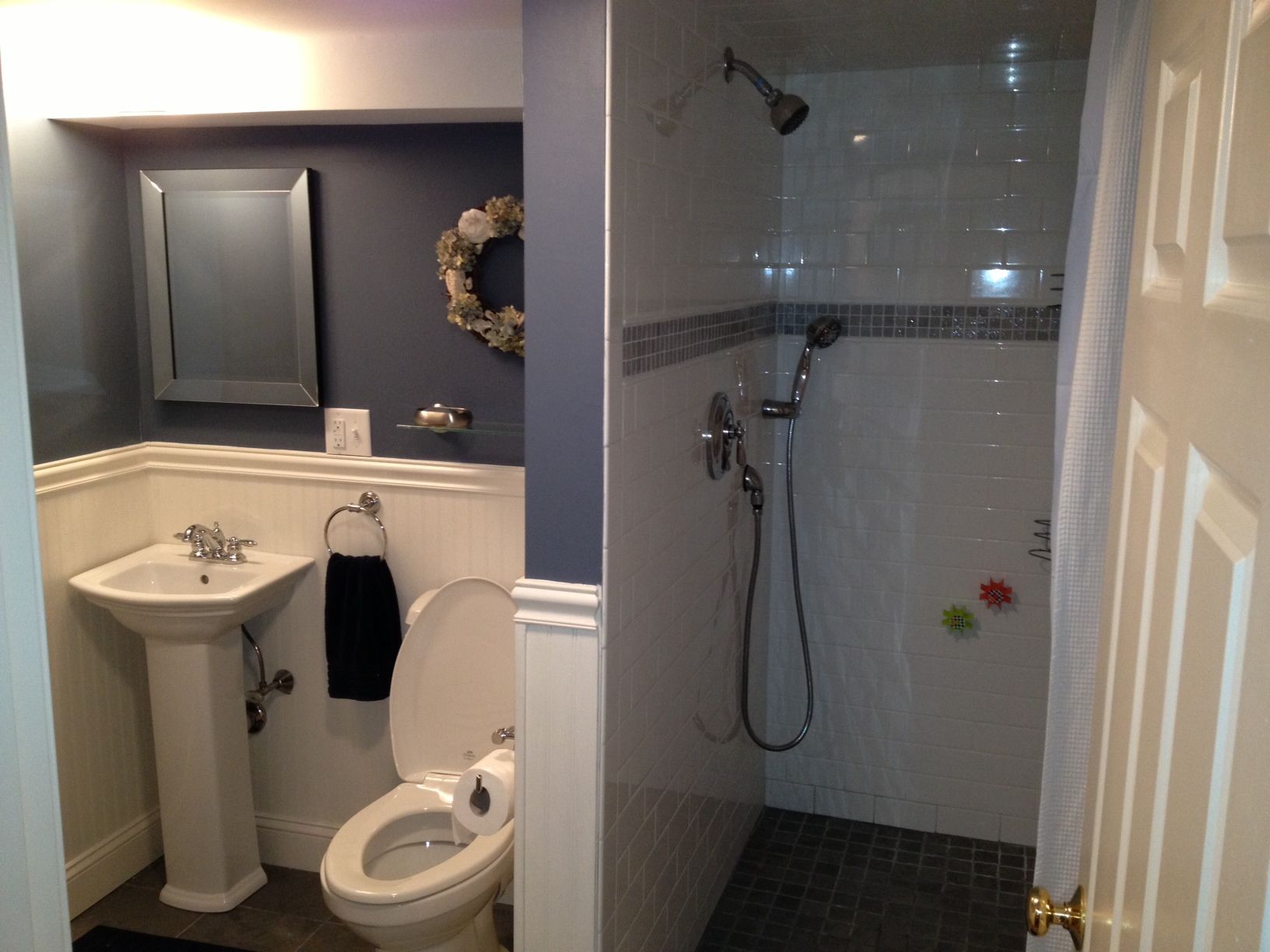
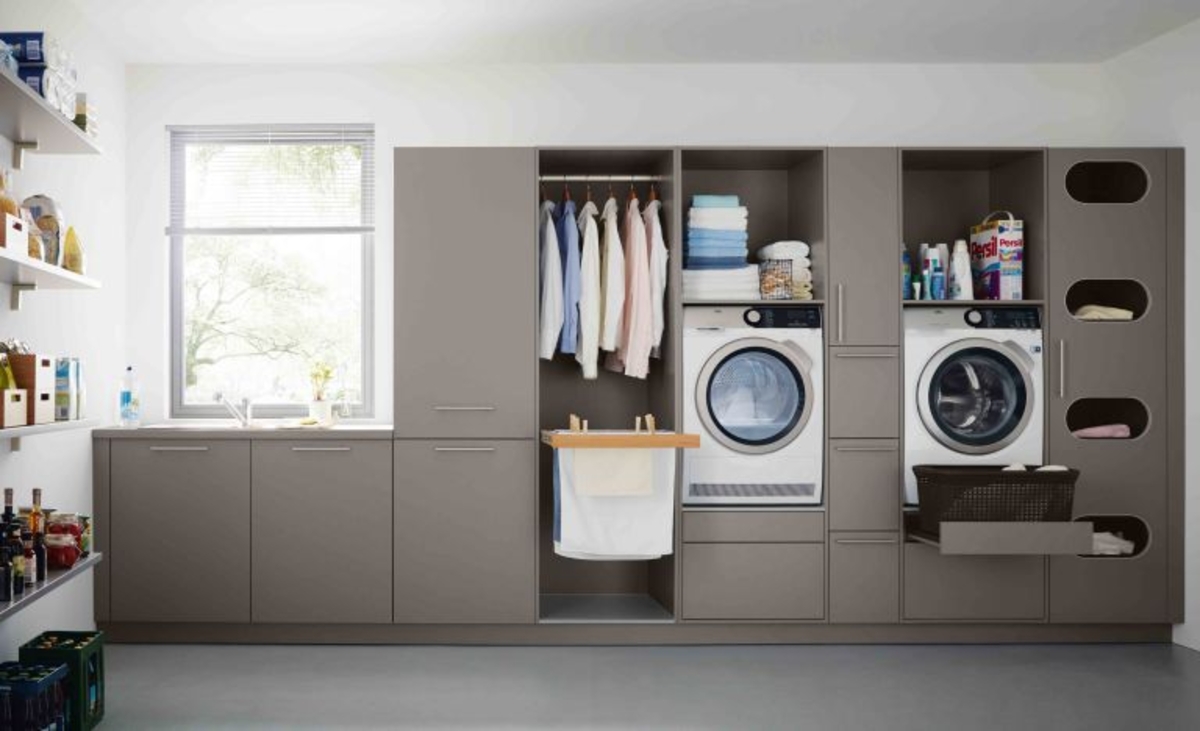
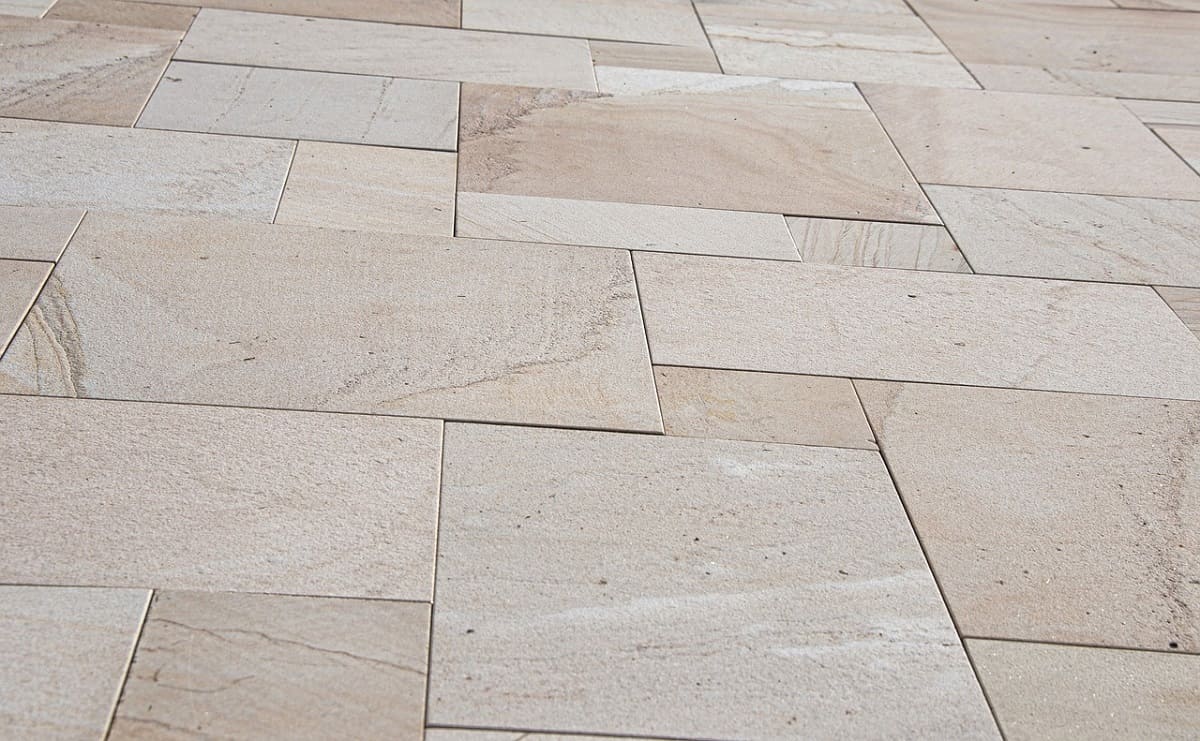

0 thoughts on “16 Window Design Ideas For A Bright, Picturesque Space”